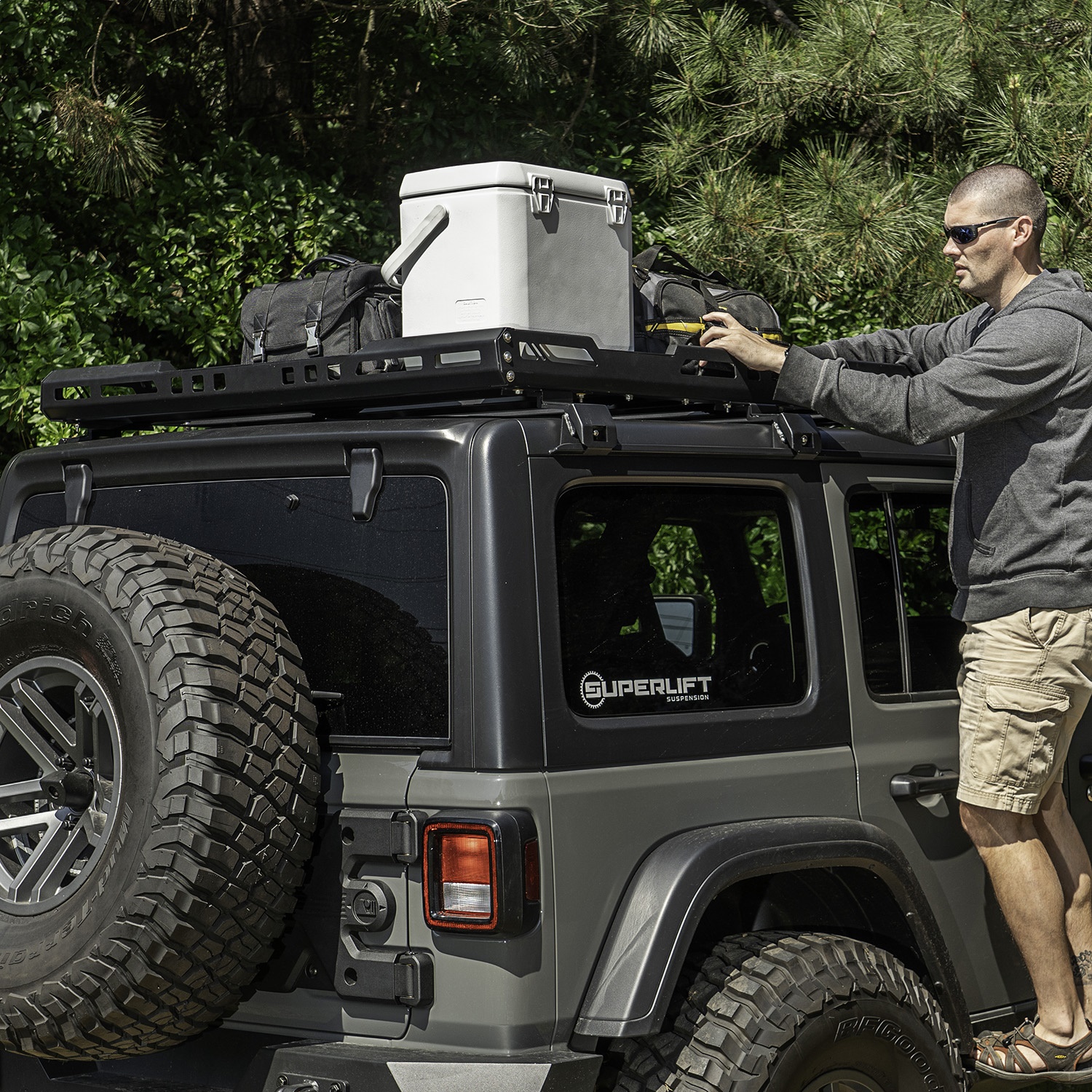

Articles
What Are Roof Racks For
Modified: December 6, 2023
Discover the versatility of roof racks for home maintenance. Easily transport ladders, tools, and other equipment with durable roof rack systems.
(Many of the links in this article redirect to a specific reviewed product. Your purchase of these products through affiliate links helps to generate commission for Storables.com, at no extra cost. Learn more)
Introduction
Welcome to our comprehensive guide on roof racks! Whether you’re an outdoor enthusiast, a frequent traveler, or simply in need of extra cargo space, roof racks can be a game-changer. Roof racks provide a secure and convenient way to transport bulky items and equipment, allowing you to maximize the storage capacity of your vehicle.
In this article, we will delve into the world of roof racks, discussing their definition, types, benefits, installation process, safety tips, maintenance, and more. By the end, you’ll have a clear understanding of how roof racks can elevate your transportation experience.
So, let’s dive in and explore the versatility and usefulness of roof racks!
Key Takeaways:
- Roof racks provide a secure and convenient way to transport bulky items, maximizing vehicle storage capacity for outdoor enthusiasts and travelers alike.
- Choosing the right roof rack is crucial for secure transportation. Consider vehicle compatibility, weight capacity, and safety features to ensure a safe and efficient experience.
Read more: How To Mount An Awning To A Roof Rack
Definition of Roof Racks
Roof racks, also known as roof bars, are specially designed attachments that are mounted on the top of a vehicle. They provide a secure platform for carrying various items such as luggage, sports equipment, bicycles, kayaks, and even camping gear. Roof racks consist of crossbars that extend across the roof of the vehicle, creating additional storage space.
These racks are typically made from durable materials like aluminum or steel, ensuring strength and stability. They are designed to withstand different weather conditions and hold substantial weight without compromising the safety of the vehicle or its occupants.
Roof racks come in various shapes and sizes, with options to fit different vehicle models. They can be customized and are available in both universal and vehicle-specific models. Most roof racks are designed to be adjustable, allowing you to modify their width and height to accommodate different items.
It is important to note that roof racks are not a standard feature on all vehicles. They are often sold separately as an accessory, allowing owners to personalize their vehicles and cater to their specific needs.
In essence, roof racks serve as an extension of your vehicle’s storage capacity, giving you the freedom to bring along more gear and essentials on your journeys. They provide a practical solution for transporting bulky items that may be difficult to fit inside the vehicle itself.
Types of Roof Racks
Roof racks come in various types, each designed to cater to specific needs and preferences. Let’s explore some of the most common types of roof racks:
- Universal Roof Racks: As the name suggests, universal roof racks are designed to fit a wide range of vehicles. They usually consist of adjustable crossbars that can be modified to fit different roof widths. These racks are a versatile option for those who have multiple vehicles or frequently switch between vehicles.
- Vehicle-Specific Roof Racks: Unlike universal roof racks, vehicle-specific roof racks are designed to fit specific makes and models of vehicles. They are custom-made to seamlessly integrate with the vehicle’s roofline, providing an aesthetically pleasing and secure fit. Vehicle-specific roof racks often require some additional accessories or mounting kits specific to the vehicle model.
- Aero Bars: Aero bars, also known as aerodynamic bars, are designed with a streamlined shape to minimize wind resistance and noise. These bars are an excellent option for those seeking a quieter ride and improved fuel efficiency. Aero bars are typically made from lightweight aluminum and are compatible with various roof rack accessories.
- Raised Rail Roof Racks: Raised rail roof racks are designed for vehicles that come with pre-installed roof rails. These racks feature crossbars that attach directly to the raised side rails on the roof of the vehicle. They provide a sleek and integrated look while offering stability and a higher load capacity.
- Flush Rail Roof Racks: Flush rail roof racks are similar to raised rail roof racks but are designed for vehicles with flush or hidden roof rails. These racks are specially designed to blend seamlessly with the vehicle’s roofline, providing a sleek and low-profile look.
- Basket-Style Roof Racks: Basket-style roof racks feature a wire mesh or tubular design that forms a basket shape. These racks are ideal for carrying larger items or gear that may not fit within the confines of a traditional crossbar. Basket-style roof racks are commonly used for camping equipment, duffel bags, and oversize luggage.
When choosing a roof rack, consider factors such as the type of vehicle you have, the items you plan to transport, and your specific preferences in terms of aesthetics and functionality. It’s essential to select a roof rack that not only fits your vehicle but also provides the required load capacity and security for your cargo.
Benefits of Using Roof Racks
Using roof racks comes with a plethora of benefits that enhance the functionality and convenience of your vehicle. Let’s explore some of the key advantages of using roof racks:
- Increased Storage Space: One of the primary benefits of using roof racks is the significant increase in storage space. Roof racks allow you to free up valuable interior space in your vehicle, making it easier to transport bulky items such as luggage, sports equipment, or camping gear. With a roof rack, you can maximize your vehicle’s carrying capacity and enjoy more comfortable journeys.
- Enhanced Versatility: Roof racks make your vehicle more versatile, allowing you to transport a wide range of items. Whether you’re heading to the beach with surfboards, going on a biking adventure with your bicycles, or planning a camping trip with tents and camping gear, roof racks provide a secure and convenient platform to carry all your essentials. They expand the possibilities of what you can bring along on your adventures.
- Improved Passenger Comfort: By utilizing roof racks, you can ensure that your passengers have ample space inside the vehicle. Without cluttering the cabin with oversized items, everyone can enjoy a more comfortable ride. The additional storage capacity provided by roof racks allows you to keep your belongings organized and easily accessible.
- Preservation of Interior Space: Carrying large or dirty items inside your vehicle can cause damage to the interior surfaces. However, by using roof racks, you can keep these items securely stowed on the roof, protecting your vehicle’s interior from potential harm. This is particularly beneficial when transporting items such as bicycles, kayaks, or muddy sports equipment that may pose a risk to your vehicle’s upholstery.
- Improved Fuel Efficiency: Roof racks are designed to be aerodynamic, minimizing wind resistance and improving your vehicle’s fuel efficiency. By reducing the drag caused by bulky items on the roof, roof racks can help save on fuel costs during long trips. Opting for modern roof rack designs like aerodynamic bars can further enhance fuel efficiency, making them an eco-friendly choice.
- Easy Installation and Removal: Roof racks are relatively easy to install and remove, providing quick and hassle-free setup. Most roof racks come with user-friendly mechanisms, allowing you to securely attach and detach them from your vehicle. This flexibility makes it convenient to use the roof rack only when needed and remove it when not in use.
Whether you’re a frequent traveler, an outdoor enthusiast, or simply in need of extra storage space, roof racks offer numerous benefits that can greatly enhance your vehicle’s functionality. From expanding storage capacity to improving passenger comfort, roof racks are a valuable accessory for any vehicle owner.
How to Choose the Right Roof Rack
Choosing the right roof rack for your vehicle is crucial to ensure a secure and efficient transportation experience. Here are some factors to consider when selecting a roof rack:
- Vehicle Compatibility: Look for a roof rack that is compatible with your specific vehicle make and model. Certain roof racks are designed to fit specific vehicles, while others are more universal. Consider the shape and size of your vehicle’s roof and choose a roof rack that will seamlessly integrate with it.
- Weight Capacity: Determine the weight capacity required for your intended use. Consider the type of items you plan to transport and their combined weight. Ensure that the roof rack you choose has a sufficient weight capacity to safely support your cargo while adhering to the manufacturer’s recommendations.
- Type of Attachment: Explore different attachment options available, such as roof rails, flush rails, or raised rails, and choose a roof rack that is compatible with your vehicle’s existing setup or can be easily installed. Some roof racks require additional accessories or mounting kits for installation, so verify if these are included or need to be purchased separately.
- Security Features: Safety should be a top priority when selecting a roof rack. Look for features such as locking mechanisms that secure the rack to your vehicle and provide added protection against theft. Additionally, consider features like adjustable straps or tie-down points that ensure your cargo remains stable and secure during transit.
- Aerodynamics: Consider the aerodynamic design of the roof rack. Aerodynamic roof racks are specifically engineered to reduce wind resistance, resulting in reduced noise and improved fuel efficiency. They are a great option for long journeys or frequent travelers.
- Accessories and Compatibility: Consider the range of accessories available for the roof rack. This includes items such as kayak mounts, bike racks, cargo boxes, or ski carriers. Ensure that the roof rack you choose is compatible with the accessories you may need to transport your specific gear or equipment.
- Budget: Set a budget for your roof rack purchase. Consider the features and quality you require within your budget range. Remember that investing in a high-quality roof rack is essential for durability, safety, and long-term satisfaction.
Before making a final decision, it may be helpful to consult with a knowledgeable salesperson or your vehicle’s manufacturer for expert advice. They can provide insights into specific roof rack options that are suitable for your vehicle and intended use.
By carefully considering these factors, you can choose a roof rack that is not only compatible with your vehicle but also meets your specific needs, ensuring safe and secure transportation of your cargo.
Roof racks are used to transport bulky items such as bicycles, kayaks, or luggage on the roof of a vehicle. Make sure to properly secure and evenly distribute the weight to avoid damage to your vehicle and ensure safety on the road.
Read more: How To Tie Ladder To Roof Rack
Installation Process
Installing a roof rack may vary depending on the specific model and vehicle. However, here is a general guideline for installing a roof rack:
- Read the Instructions: Before starting the installation process, thoroughly read the manufacturer’s instructions provided with the roof rack. This will ensure you have a clear understanding of the steps and any specific guidelines for your particular roof rack model.
- Clean the Roof: Ensure the roof of your vehicle is clean and free from dirt, debris, or any other substances that may interfere with the installation. Use a mild soap and water solution to clean the roof if necessary, and allow it to dry completely before proceeding.
- Identify Mounting Points: Locate the mounting points on your vehicle’s roof. These can be roof rails, raised rails, or flush rails, depending on the roof rack and your vehicle’s setup. The instructions provided with your roof rack will guide you on how to identify and prepare these mounting points.
- Attach Mounting Feet or Brackets: Depending on the design of your roof rack, attach the mounting feet or brackets to the identified mounting points on your vehicle’s roof. Follow the manufacturer’s instructions for securing them properly.
- Adjust Crossbars: If your roof rack has adjustable crossbars, adjust them to the desired width and position. The width should be appropriate for the items you plan to carry and should align with the load capacity of the roof rack. Refer to the instructions for specific guidance on adjusting the crossbars.
- Secure Crossbars: Once the crossbars are positioned correctly, use the provided clamps, bolts, or locking mechanisms to secure them to the mounting feet or brackets. Ensure they are tightened securely, but be cautious not to overtighten and damage the mounting points or roof of your vehicle.
- Test Stability: After installing the roof rack, give it a gentle shake to ensure that it is securely attached and there is no wobbling or excessive movement. If any problems are detected, recheck and tighten the connections as needed.
- Check for Clearance: Ensure that the roof rack does not interfere with any other components of the vehicle, such as the antenna, sunroof, or rear hatch. Make sure there is sufficient clearance for these parts to operate smoothly without any obstruction or damage.
- Test Load Capacity: Before loading any items onto the roof rack, verify the maximum load capacity specified by the manufacturer. Avoid surpassing this limit, as it can pose a safety risk and potentially damage the roof rack or your vehicle.
Remember, the installation process may vary depending on the specific roof rack model and your vehicle. It is important to carefully follow the instructions provided by the manufacturer to ensure a secure and proper installation that will withstand various driving conditions.
If you are unsure about the installation process or require assistance, it is recommended to seek professional help or consult a trusted automotive technician.
Safety Tips for Using Roof Racks
Using roof racks can significantly enhance the storage capacity of your vehicle and make transporting bulky items a breeze. However, it is essential to prioritize safety to ensure a secure and worry-free experience. Here are some safety tips to keep in mind when using roof racks:
- Follow the Manufacturer’s Guidelines: Carefully read and follow the manufacturer’s instructions for your specific roof rack model. This includes weight limits, installation processes, and any other guidelines provided. Adhering to these instructions will help ensure a secure and safe setup.
- Evenly Distribute Weight: When loading your items onto the roof rack, distribute the weight evenly across the crossbars. This prevents one side from becoming overloaded and helps maintain stability during transportation. Be mindful of the weight limit specified by the manufacturer and avoid exceeding it.
- Securely Fasten Items: Use appropriate tie-down straps or fasteners to secure your belongings to the roof rack. High-quality straps should be sturdy and capable of withstanding various weather conditions. Double-check the tightness of the straps and ensure that your cargo is properly secured before hitting the road.
- Know Your Vehicle’s Height: Take note of the increased height of your vehicle when loaded with items on the roof rack. Be mindful of low clearance areas such as parking structures, garages, and drive-thrus. Always be cautious to avoid collisions or damage to both your vehicle and surrounding structures.
- Be Aware of Windy Conditions: Strong winds can affect the handling of your vehicle, especially when carrying items on the roof rack. Take extra precautions and reduce your speed when driving in windy conditions. Be prepared for gusts of wind that may affect the stability of your vehicle. Adjust your driving accordingly to maintain control and stability.
- Regularly Check and Retighten: Periodically inspect the roof rack and cargo for any signs of loosening or shifting. Vibrations and changes in weather conditions can cause straps and fasteners to loosen over time. It is crucial to regularly check and retighten the securing mechanisms to maintain a safe and stable load throughout your journey.
- Monitor the Overall Vehicle Weight: Remember that carrying extra items on the roof rack adds to the overall weight of your vehicle. Ensure that the total weight, including passengers, cargo, and the roof rack itself, does not exceed the vehicle’s maximum load capacity. Overloading your vehicle can affect its performance, handling, and safety.
- Check and Adjust Lights and Signals: When installing a roof rack, pay attention to any lights or signals that may be obstructed. Ensure that all headlights, taillights, brake lights, and turn signals remain visible and unobstructed to ensure your vehicle remains visible to other drivers on the road.
- Practice Defensive Driving: While using a roof rack, it’s important to practice defensive driving. Be aware of the increased height and weight of your vehicle, especially during turns, lane changes, and parking. Maintain a safe following distance and anticipate any changes in road conditions or traffic.
By following these safety tips and exercising caution when using roof racks, you can enjoy a secure and stress-free transportation experience while maximizing the storage capacity of your vehicle.
Maintenance and Care for Roof Racks
Maintaining and caring for your roof rack is essential to ensure its longevity, performance, and safety. Regular maintenance practices will help keep your roof rack in optimal condition for many journeys to come. Here are some maintenance and care tips for your roof rack:
- Clean Regularly: Keep your roof rack clean by regularly washing it with mild soap and water. This helps remove dirt, dust, and debris that may accumulate over time. Pay attention to the nooks, crevices, and mounting points to ensure they are free from any buildup that could affect its performance.
- Check for Damage: Inspect your roof rack periodically for any signs of damage, such as cracks, dents, or loose parts. Pay close attention to the mounting points, crossbars, and fasteners. If any damage is detected, address it promptly. Depending on the severity, you may need to repair or replace the damaged components.
- Tighten Connections: Regularly check and tighten the connections of your roof rack to ensure they are secure. Over time, vibrations and changes in weather conditions can cause bolts, screws, or clamps to loosen. Use proper tools and follow the manufacturer’s guidelines to tighten any loose connections to maintain stability and security.
- Inspect Straps and Tie-Downs: Check the condition of your tie-down straps or fasteners regularly. Look for fraying, tears, or any signs of wear. Replace any damaged or worn-out straps with new ones to ensure a secure fastening system for your cargo.
- Protect Against Corrosion: If your roof rack is made of metal, apply a protective coating or wax to prevent corrosion. This is especially important if you frequently expose your vehicle to harsh weather conditions or coastal environments. Regularly inspect the coating and reapply as needed.
- Remove When Not in Use: If you do not need to use your roof rack for an extended period, consider removing it from your vehicle. This will help prevent unnecessary wear and tear caused by exposure to the elements. Store the roof rack in a clean and dry area to maintain its condition.
- Avoid Exceeding Load Capacity: Always adhere to the recommended load capacity specified by the manufacturer. Overloading your roof rack can cause stress on the components, compromise its stability, and potentially damage your vehicle. Be mindful of the weight of your cargo and distribute it evenly to ensure a safe and balanced load.
- Consider Seasonal Changes: Take into account the impact of seasonal changes on your roof rack. Extreme temperatures, humidity, and exposure to sunlight can affect the performance and longevity of the materials. Consider using protective covers or storing the roof rack indoors during periods of non-use or during harsh weather conditions.
- Refer to the User Manual: Always refer to the user manual provided by the manufacturer for specific maintenance and care instructions for your roof rack model. The manual may provide additional guidelines or recommendations that are specific to your roof rack to ensure its proper maintenance.
By following these maintenance and care tips, you can extend the lifespan of your roof rack and ensure its optimal performance. Taking the time to care for your roof rack will not only enhance its durability but also contribute to a safe and enjoyable transportation experience.
Frequently Asked Questions (FAQs)
Here are answers to some common questions about roof racks:
- Q: Can I install a roof rack on any vehicle?
A: Roof racks are designed to fit a wide range of vehicles. However, compatibility may vary depending on the make and model of your vehicle. It is important to check the manufacturer’s specifications and guidelines to ensure a proper fit. - Q: Are roof racks difficult to install?
A: Installing a roof rack can vary in difficulty depending on the specific model and your vehicle. However, most roof racks come with detailed instructions that make the installation process relatively straightforward. If you are unsure, it may be helpful to seek professional assistance. - Q: What is the weight capacity of a roof rack?
A: The weight capacity of a roof rack depends on the specific model and brand. It is important to review the manufacturer’s guidelines to determine the maximum weight limit. Exceeding the weight capacity can compromise the safety of your vehicle and the roof rack itself. - Q: Can I leave a roof rack installed on my vehicle at all times?
A: Yes, you can leave a roof rack installed on your vehicle if you frequently require its use. However, keep in mind that the roof rack may affect your vehicle’s aerodynamics and fuel efficiency. If you do not require the roof rack for an extended period, it is advisable to remove it to minimize wear and tear. - Q: Can I use a roof rack for any type of cargo?
A: Roof racks are versatile and can be used to transport various types of cargo, including luggage, sports equipment, bicycles, kayaks, and more. However, it’s important to follow the manufacturer’s guidelines and ensure that the roof rack is compatible with the specific type of cargo you intend to transport. - Q: Will a roof rack damage my vehicle?
A: When installed and used properly, roof racks should not cause damage to your vehicle. However, it is important to periodically check the roof rack, mounting points, and your vehicle’s roof for any signs of wear, damage, or loosening. Proper maintenance and care are essential to minimize the risk of any potential damage. - Q: Can I open my vehicle’s sunroof with a roof rack installed?
A: The ability to open your vehicle’s sunroof with a roof rack installed depends on the specific model and design of your vehicle and roof rack. Some roof racks may obstruct the sunroof’s opening, while others are designed to work harmoniously. Refer to your vehicle’s manual or consult the roof rack manufacturer for guidance.
If you have any additional questions or concerns about roof racks, it is recommended to consult with the manufacturer or a trusted automotive professional. They can provide you with specific guidance based on your vehicle’s make and model, as well as your intended use of the roof rack.
Read also: 13 Amazing Roof Rack For 2024
Conclusion
Roof racks are versatile accessories that provide a convenient way to transport bulky items and expand the storage capacity of your vehicle. Whether you’re an avid traveler, outdoor enthusiast, or simply in need of extra space, roof racks offer numerous benefits and enhance the functionality of your vehicle.
In this comprehensive guide, we explored the definition of roof racks, discussed different types available, and highlighted the benefits they offer. We also provided insights on how to choose the right roof rack for your vehicle and shared important safety tips to ensure a secure and enjoyable transportation experience.
Maintaining and caring for your roof rack is crucial to ensure its longevity and optimal performance. By following routine maintenance practices and adhering to safety guidelines, you can maximize the lifespan of your roof rack and use it with confidence on your adventures.
Remember that the installation and usage of a roof rack may vary depending on your specific vehicle and the model of the roof rack itself. Always refer to the manufacturer’s instructions and guidelines for the most accurate and up-to-date information.
Whether you’re loading up camping gear for a weekend escape, transporting bikes for a thrilling ride, or organizing luggage for a family trip, a roof rack is a valuable accessory that enhances the versatility and convenience of your vehicle. With careful consideration, proper installation, and maintenance, a roof rack can become an invaluable companion on your journeys.
So, take full advantage of the storage capacity offered by roof racks and embark on your next adventure with confidence, knowing that your belongings are secure and you have the freedom to bring everything you need along for the ride!
Frequently Asked Questions about What Are Roof Racks For
Was this page helpful?
At Storables.com, we guarantee accurate and reliable information. Our content, validated by Expert Board Contributors, is crafted following stringent Editorial Policies. We're committed to providing you with well-researched, expert-backed insights for all your informational needs.
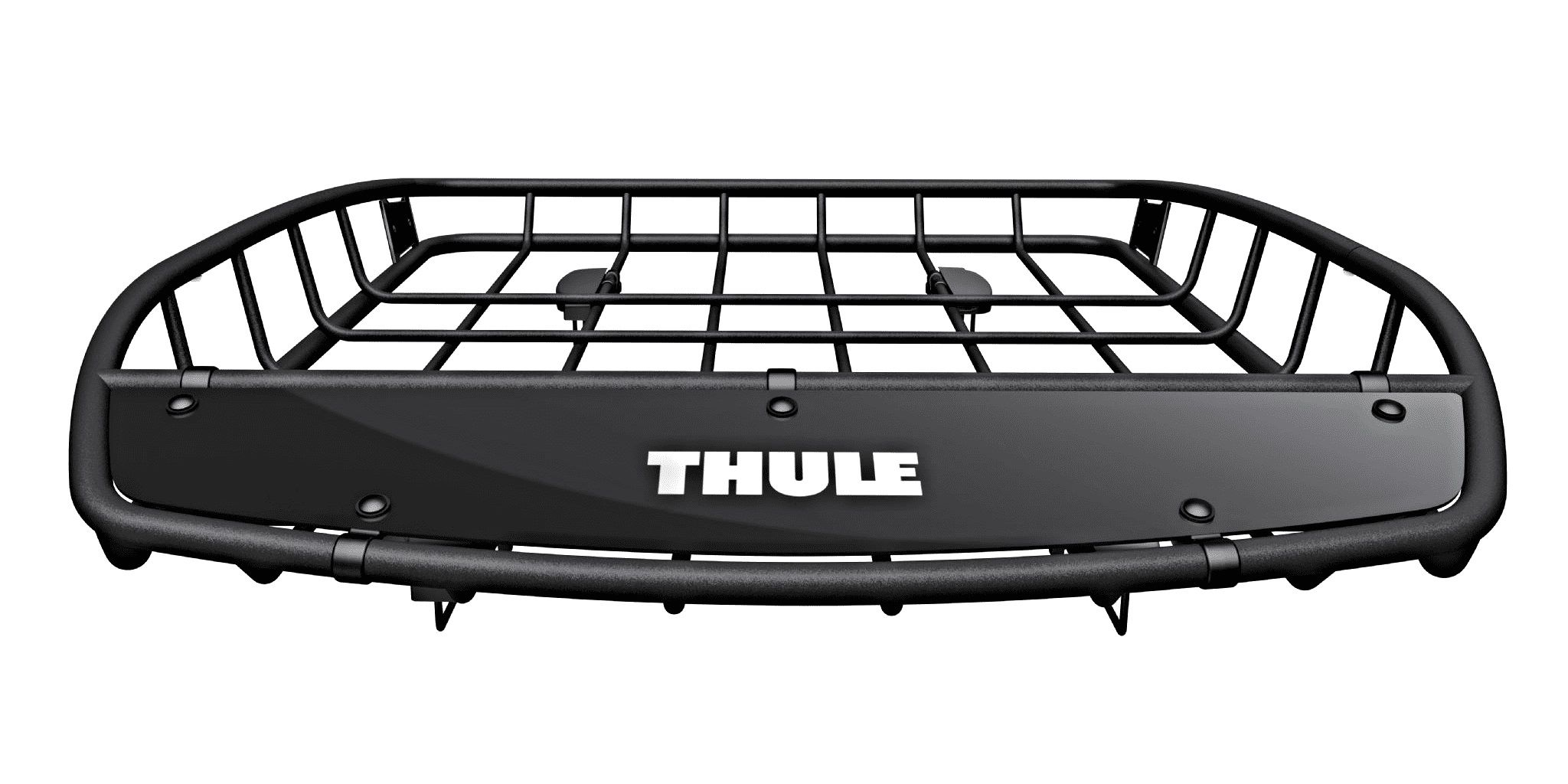
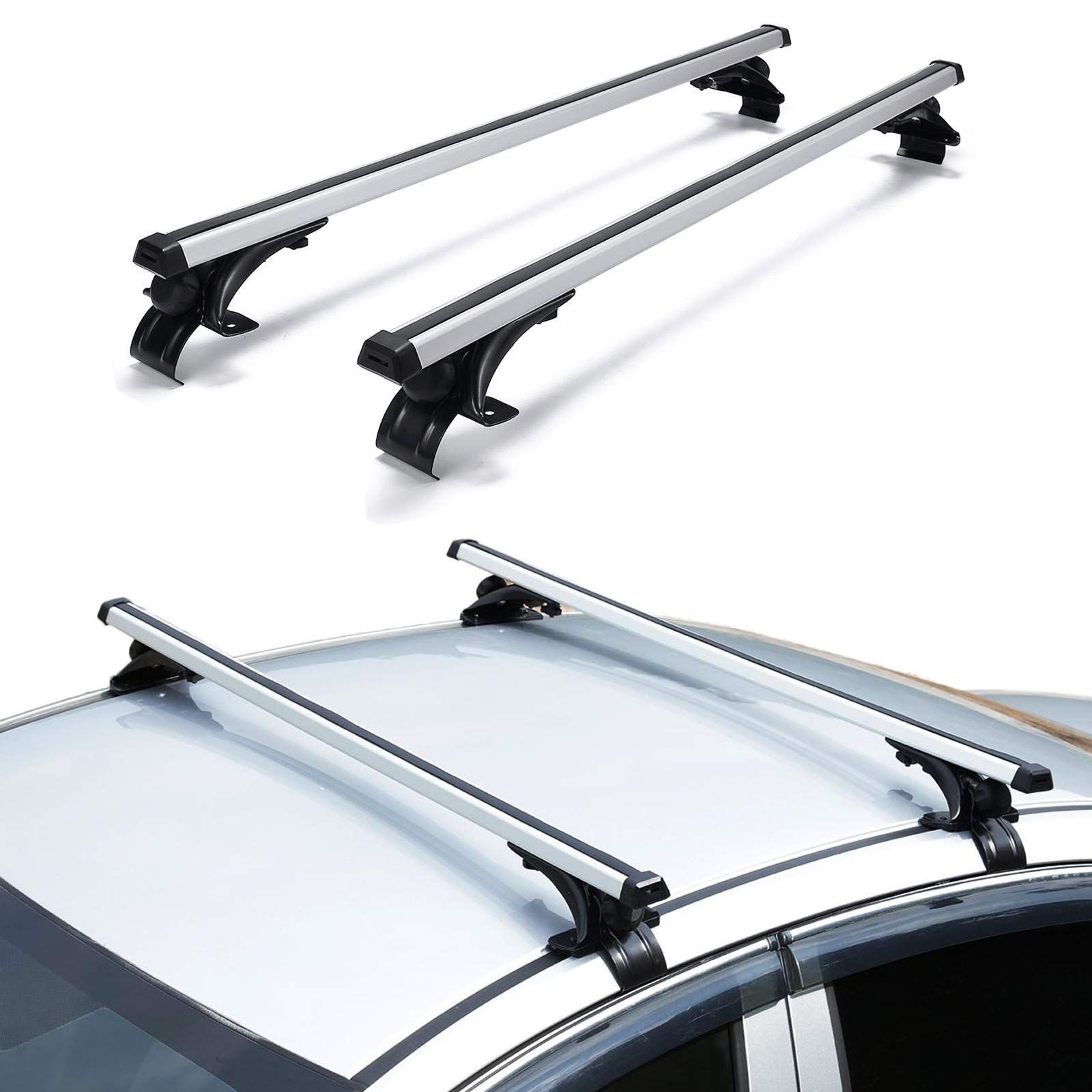
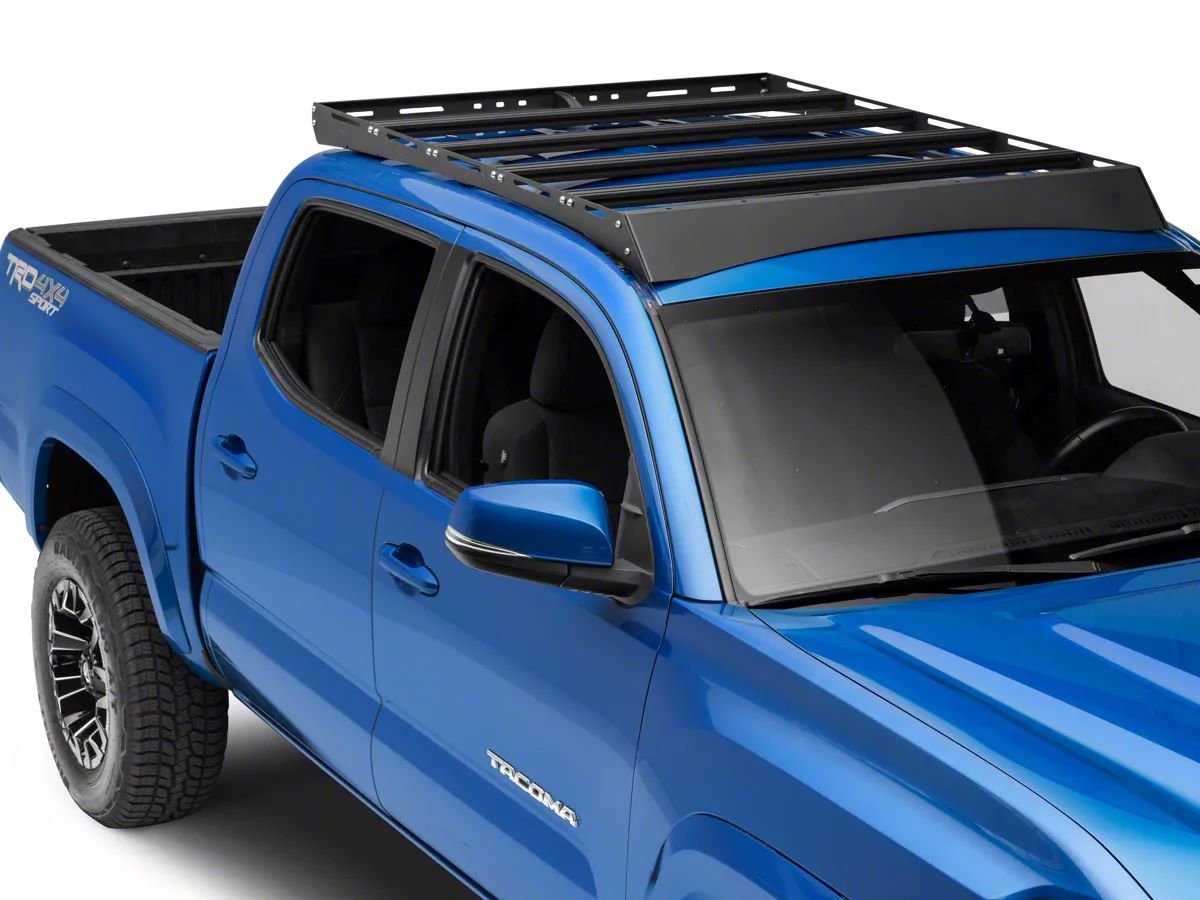


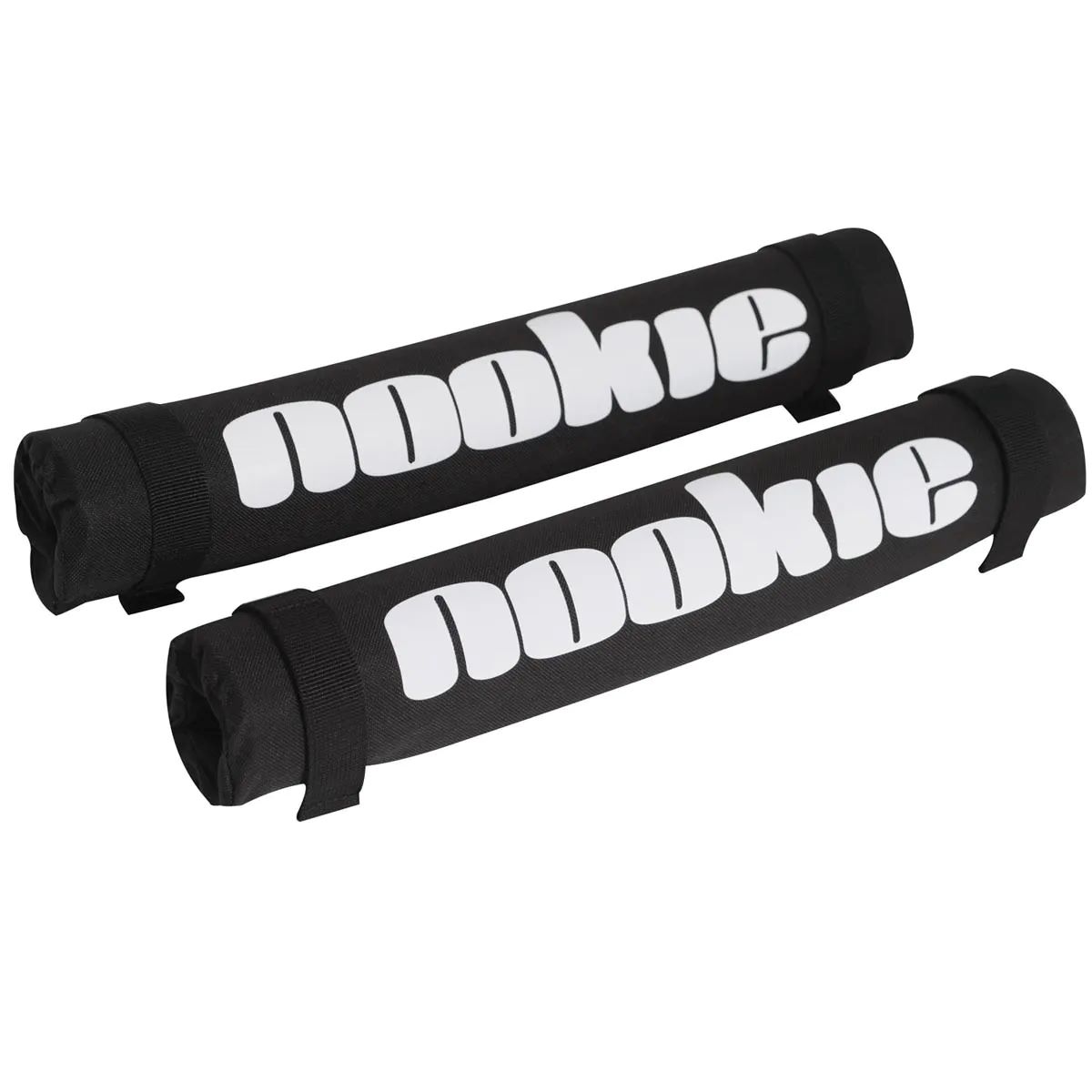


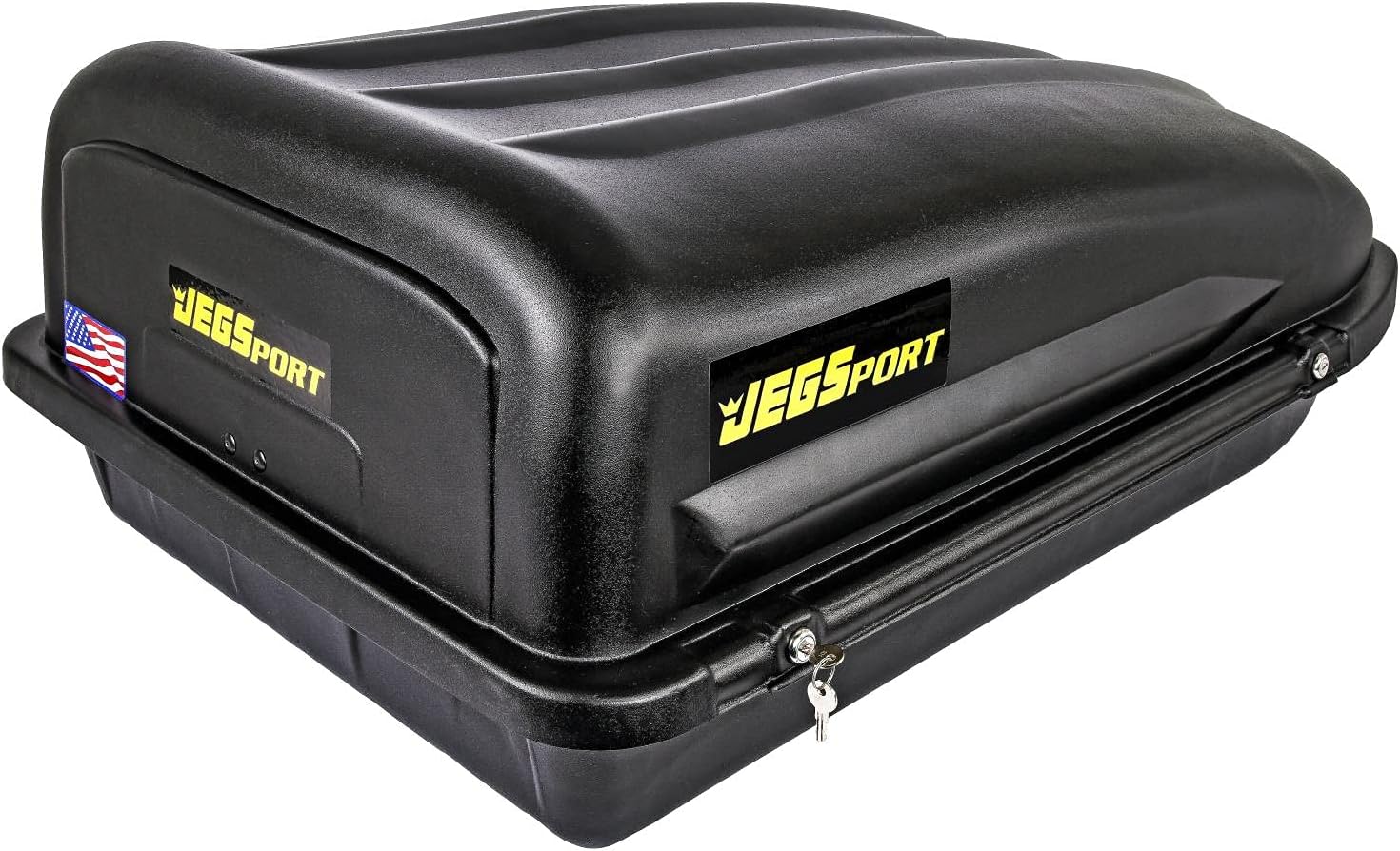





0 thoughts on “What Are Roof Racks For”